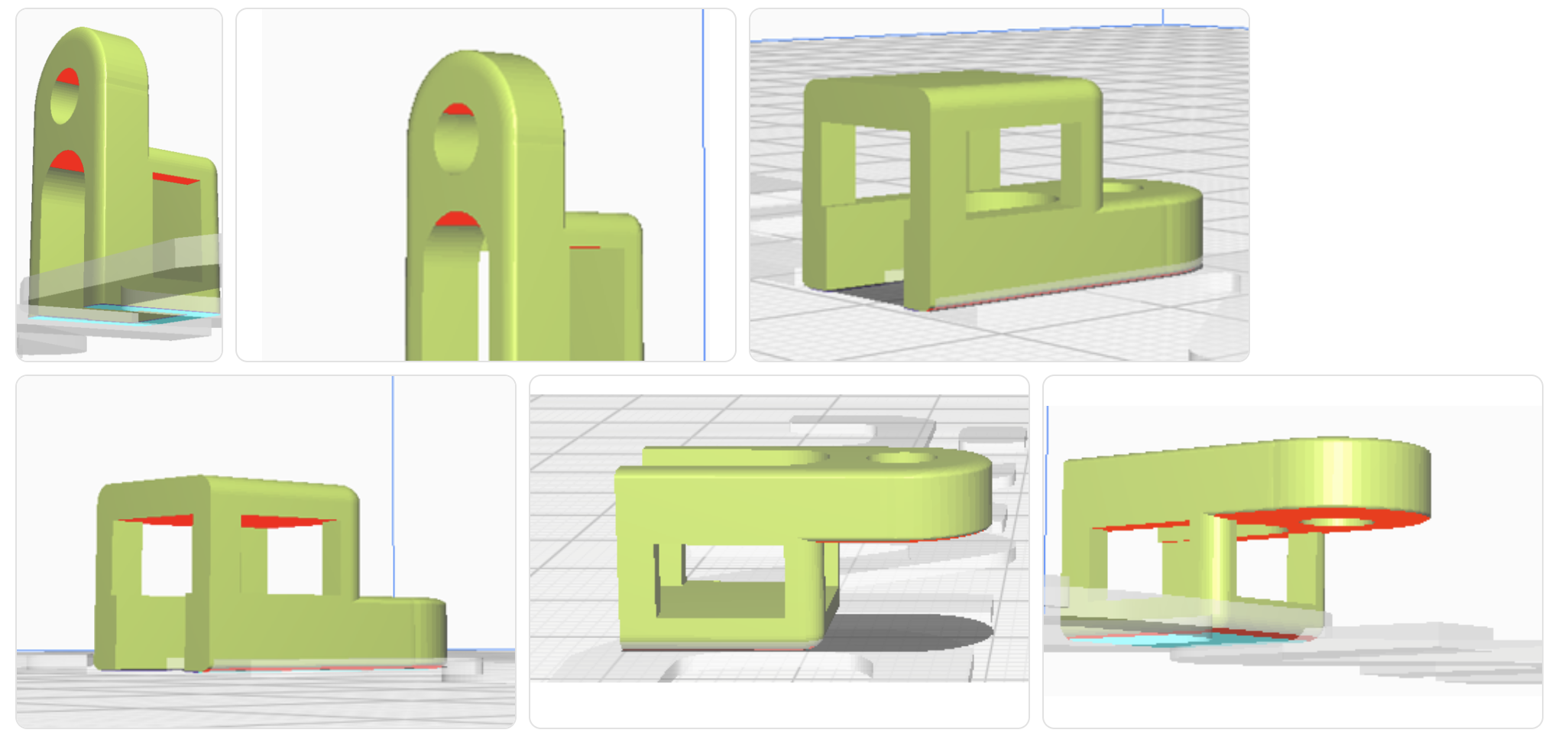Optimizing part orientation for 3D printing
E
Hello, I am new to 3D printing and am trying to understand how to optimize part orientation to reduce the need for support structures and production times. Does anyone have effective tips/strategies for doing this? In particular, I’m considering a model similar to this https://www.printables.com/model/622078-screw-cable-zip-tie. Any advice will be greatly appreciated!
Automatically translated from: Italiano
See original
Suggested Topics
Topic
Replies
Views
Activity
Thermal expansion modelling for a braced rectangular steel tank
hi, for a welded steel coolant reservoir for a test stand - 4 m × 2 m × 1.5 m with internal bracing I need to account for thermal expansion. Fluid runs at 80–90... read more
0
15
Dec 22
Designing holes for M3 threaded inserts in an ABS enclosure
Hi! In my design for a small ABS enclosure for an onboard sensor module I want to switch from molded bosses to heat-set M3 inserts for the lid screws. Before I finalize CAD, what... read more
1
43
Dec 23
Airtight joint between two aluminum frame enclosures?
Hi, I have two 400 mm cubical enclosures from 20×20 mm aluminum profiles with glass on all sides except one. I need to connect them into a single temperature-controlled unit and keep the joint... read more
1
118
Dec 12
SLA wall thickness issue for microfluidic channels
Hi, I created a 3D design for a small microfluidic part using SLA (Clear Resin) with internal channels ~0.4 mm wide and wall thickness around 0.5 mm. The function relies on optical inspection through... read more
1
1.2k
Jul 29
Embossed vs. engraved text for outdoor molded parts
Hi there, I need to add a part number and recycling symbol on the surface of molded parts in PP GF20 for outdoor use. I initially planned to use engraved text for aesthetic reasons,... read more
3
2.5k
Aug 08
 Europe
Europe  Türkiye
Türkiye  United Kingdom
United Kingdom  Global
Global 

 Login with my Xometry account
Login with my Xometry account 